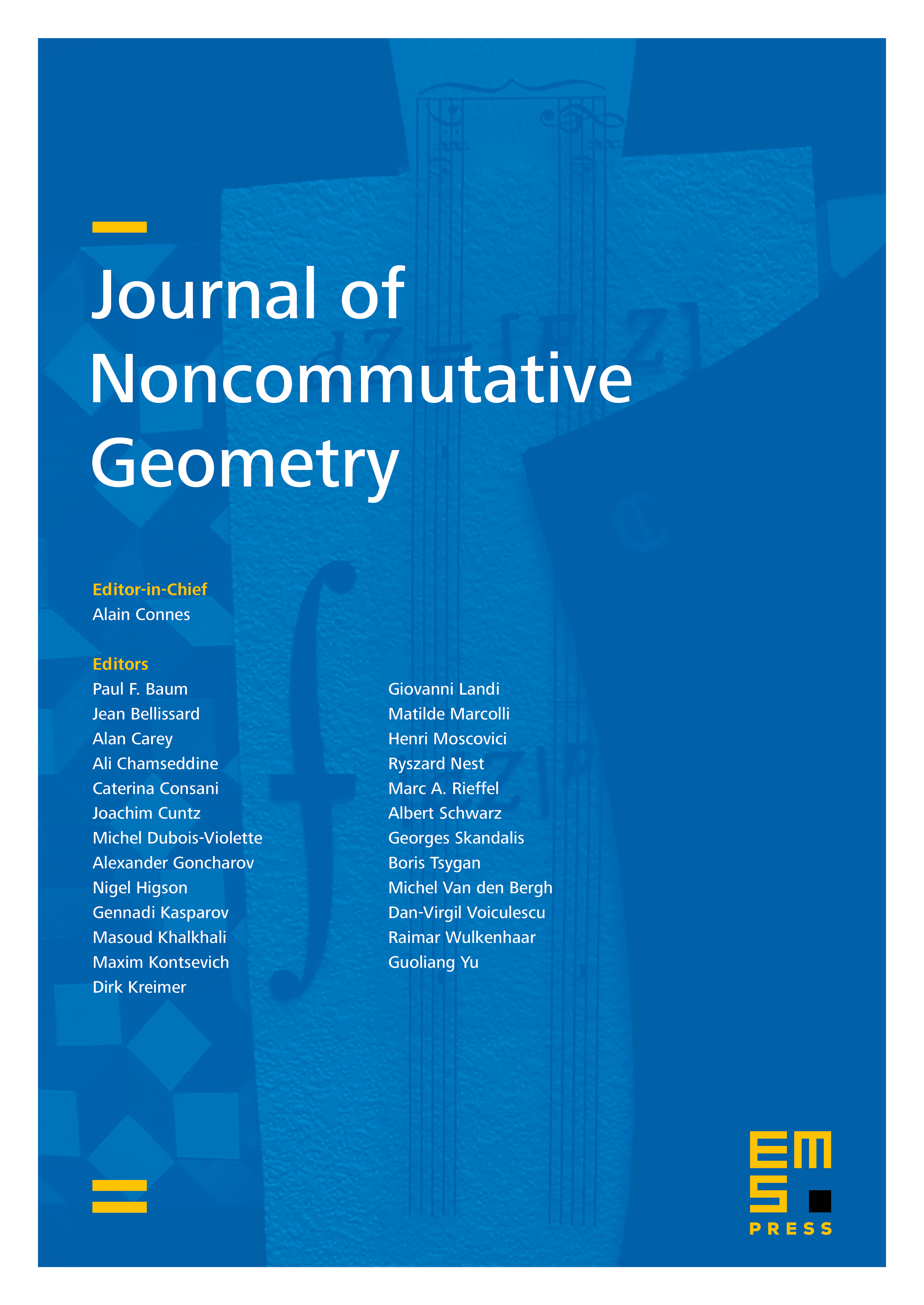Decorated Feynman categories
Ralph M. Kaufmann
Purdue University, West Lafayette, USA and Max Planck Institut für Mathematik, Bonn, GermanyJason Lucas
Purdue University, West Lafayette, USA

Abstract
In [12], the new concept of Feynman categories was introduced to simplify the discussion of operad–like objects. In this present paper, we demonstrate the usefulness of this approach, by introducing the concept of decorated Feynman categories. The procedure takes a Feynman category and a functor to a monoidal category to produce a new Feynman category . This in one swat explains the existence of non–sigma operads, non–sigma cyclic operads, and the non–sigma–modular operads of Markl as well as all the usual candidates simply from the category , which is a full subcategory of the category of graphs of [2]. Moreover, we explain the appearance of terminal objects noted in [16]. We can then easily extend this for instance to the dihedral case. Furthermore, we obtain graph complexes and all other known operadic type notions from decorating and restricting the basic Feynman category of aggregates of corollas. We additionally show that the construction is functorial. There are further geometric and number theoretic applications, which will follow in a separate preprint.
Cite this article
Ralph M. Kaufmann, Jason Lucas, Decorated Feynman categories. J. Noncommut. Geom. 11 (2017), no. 4, pp. 1437–1464
DOI 10.4171/JNCG/11-4-8